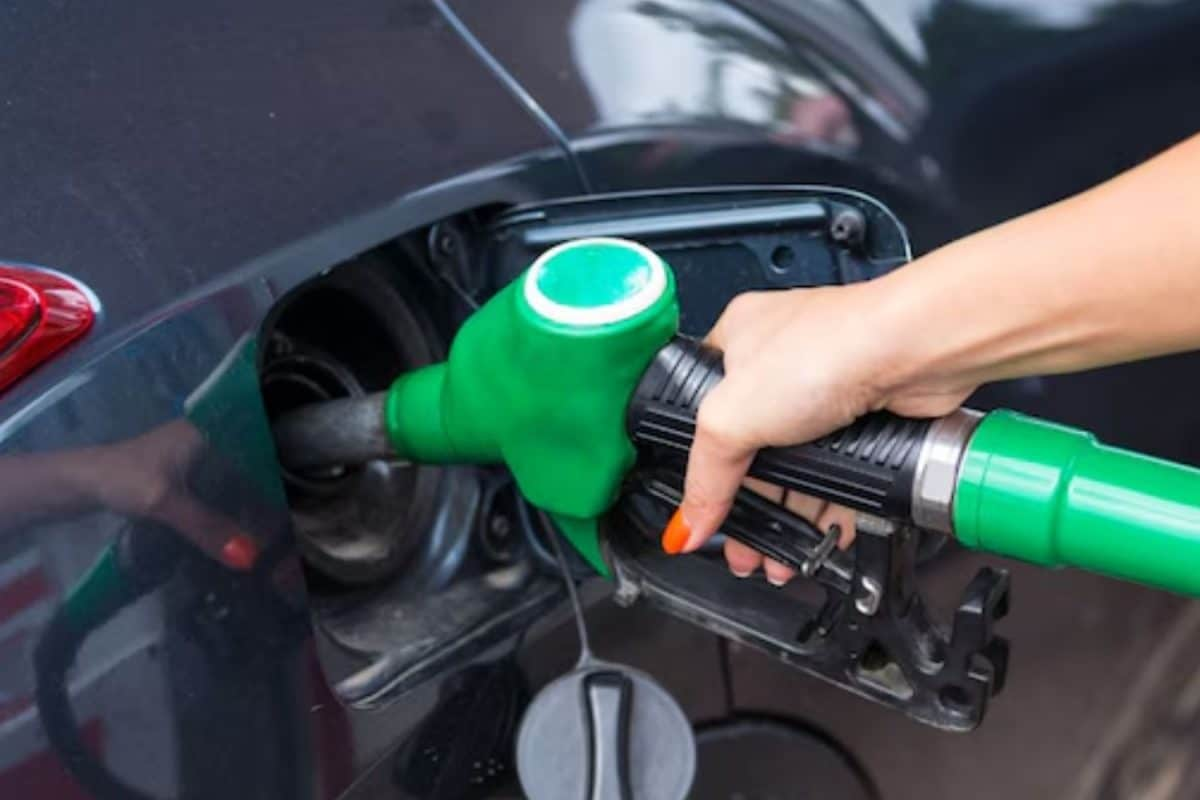As of July 19, 2025, fuel prices continue to fluctuate across the globe, influenced by factors ranging from international crude oil prices to local economic conditions. Here's a snapshot of petrol and diesel prices in various regions:
In India: Petrol and diesel prices are revised daily at 6 AM, a practice that began in June 2017 to promote transparency and limit speculation.
- Chhattisgarh: Petrol is priced at ₹101.37 per liter, a slight decrease from ₹101.44 at the beginning of July.
- Kerala: The average petrol price is ₹106.31 per liter, showing no change from the previous day. Diesel is ₹94.72.
- Hyderabad: Petrol remains steady at ₹107.41 per liter.
- Shillong: Petrol is stable at ₹96.36 per liter.
- Delhi: Petrol is recorded at Rs 94.77 per liter and diesel is being sold at Rs 87.67 per liter.
These prices are influenced by factors such as the rupee-to-US dollar exchange rate, the cost of crude oil, global cues, and fuel demand.
Global Market Trends:
Global oil prices are affected by several factors, including OPEC+'s outlook on oil demand, prospects of easing trade tensions, and geopolitical events such as attacks on oilfields.
Other Regions:
- In the Philippines, gasoline and diesel prices are expected to increase due to global market reactions and the depreciation of the Philippine peso against the US dollar. Diesel prices could increase by P0.70 to P0.90 per liter, while gasoline prices may rise by P0.30 to P0.50 per liter.
- In the UK, the fuel duty rate remains at 52.95p per liter. Fuel prices can vary significantly even within short distances.
- In Nova Scotia, Canada, the minimum price for regular unleaded gasoline is 144.1 cents per liter, with a maximum of 146.4 cents per liter in Zone 1 as of July 18, 2025. Ultra-low sulfur diesel ranges from 156.3 to 158.6 cents per liter.
Factors Influencing Price Hikes:
Several factors contribute to rising fuel prices, including:
- Global events: Positive oil demand outlooks from OPEC+, easing trade tensions, and attacks on oilfields can all lead to price increases.
- Currency depreciation: A weaker local currency against the US dollar can increase import costs, leading to higher prices.
- Taxes and levies: Government taxes, petroleum levies, and environmental levies contribute significantly to the final price consumers pay.
- Dealer commissions and margins: Commissions for dealers and margins for oil marketing companies are also factored into the pump price.
Economic Impact:
Rising petrol and diesel prices can have a domino effect, fueling inflation across various sectors. This can erode purchasing power and potentially stagnate economic growth.
Potential Solutions:
Some experts suggest that long-term, citizen-focused policies are needed to address the issue. These could include reviewing tax structures, capping petroleum levies, and introducing targeted subsidy mechanisms for those in need.

